|
Japan
Meteorological Agency (JMA)
|
|
Methane Calibration System and Standard
Gases
|
|
|
| Methane Calibration System |
|
The methane calibration system is based on a Shimadzu GC-14BPF gas chromatograph (GC) with a flame ionization detector (FID) (Figure 1). The system is fully controlled by a PC and measurement outputs are processed and stored in another PC. Sample and standard gases are introduced in a 10 ml sample loop and then injected into a main column with ultra pure N2 (>99.9999%) carrier gas at a flow rate of 50 ml/min. The main column is 4-m-long stainless steel cylinder with a 3-mm internal diameter packed with molecular sieve 5A (60/80 mesh). The main components of the system, including the sample loop and columns, are maintained at an oven temperature of 70°C. A system diagram is shown in Figure 2. |
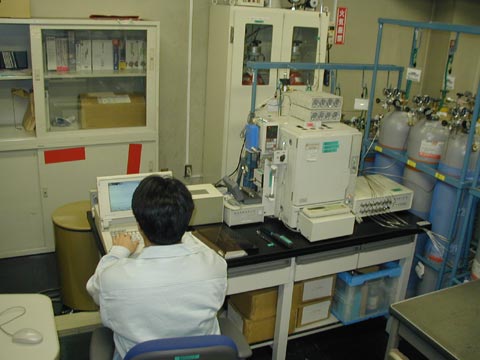 Figure 1. Methane Calibration System. |
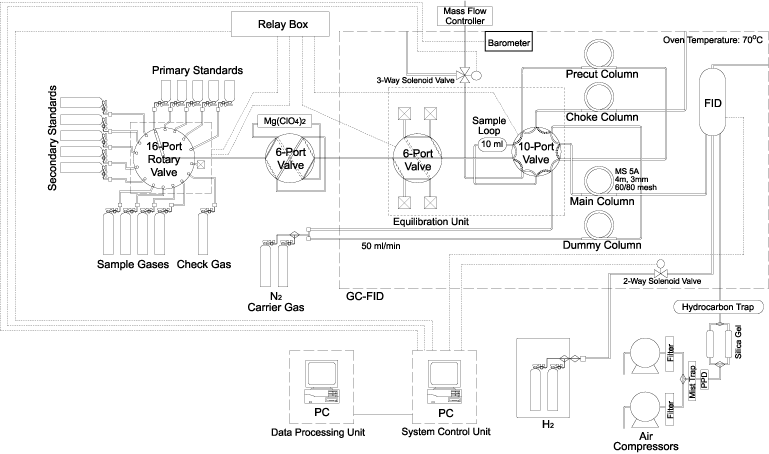 Figure 2. Schematic diagram of the methane calibration system. |
| Primary Standard Gases |
|
JMA has five methane primary standard gases in 48-liter aluminum alloy cylinders that have been filled by Nippon Sanso Corporation, Japan in 1999. These gases have been calibrated on the NOAA04 CH4 Scale in NOAA/ESRL in 2006 [Dlugokencky et al., 2005]. Methane mole fractions of these primary standard gases are listed in Table 1. |
| Table 1. Primary standard gases maintained at JMA. |
| Cylinder Number | Calibration Date | CH4 Mole fraction (ppb) |
|---|---|---|
| CQB11442 | Oct. 3, 2006 | 1621.9 |
| CQB11443 | Sep. 25, 2006 | 1749.8 |
| CQB11444 | Sep. 28, 2006 | 1867.2 |
| CQB11446 | Sep. 28, 2006 | 1982.6 |
| CQB11447 | Oct. 2, 2006 | 2108.5 |
|
To check drift and the long-term stability of the primary gases, two target standard gases are maintained and the mole fractions are determined about twice a year using the calibration system. Figure 3 shows the results of such measurements. |
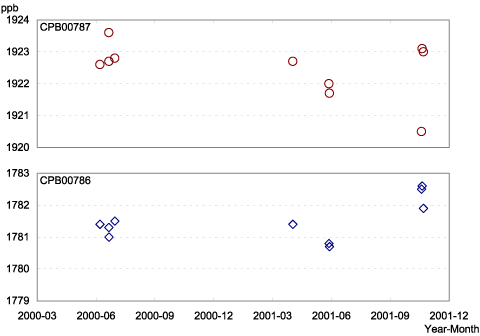 Figure 3. Measured mole fractions of target gases: CPB00786 and CPB00787. |
| Intercalibration |
|
The standard gases are regularly compared with those independently maintained by the Meteorological Research Institute (MRI) in Tsukuba, Japan [Matsueda, 1993] to ensure long-term stability and traceability to other laboratories. The intercalibration results between the JMA and MRI scales are summarizes in Figure 4. |
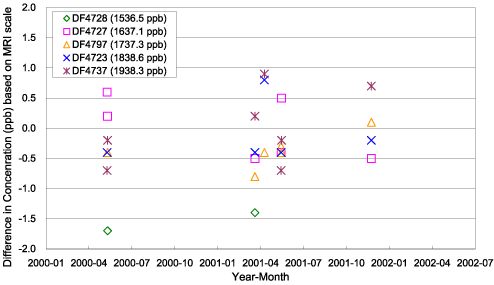 Figure 4. Intercalibration results between the JMA and MRI scales. |
| Calibration Procedure |
|
Another five-cylinder set was prepared for reference as secondary standards. These are calibrated against the primary standards every six months and used for the calibration of standard gases. An extra cylinder (Check Gas) is also used to check the outputs for normal operation of the system. A typical gas chromatogram is shown in Figure 5, and all calculations below are based on the area rather than the peak height, as indicated in the figure. Before the calibration, the system is stabilized until the ratio of the standard deviation of the six measurements to the mole fraction for the check gas becomes less than 0.07. The standard gases to be calibrated are then injected ten times alternately with the secondary standards. The mole fractions for the cylinders to be calibrated are calculated using quadratic equations determined for the series of secondary standards injected immediately before and after the calibrated gases. If any of the ratios of the standard deviations to the mole fractions for the ten cycles exceeds the threshold above, all results are rejected and measurements are made again from the start. The measurement error is estimated to be 1 ppb based on the specifications of the calibration system. |
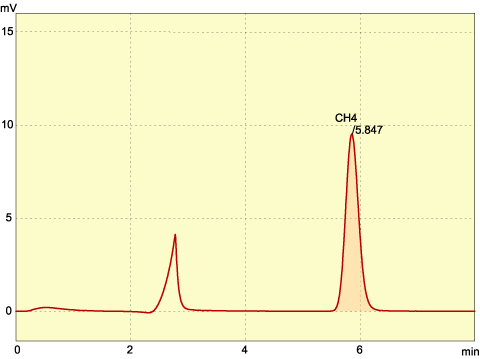 Figure 5. A typical chromatogram from the methane calibration system. |
| References |
| Dlugokencky, E. J., R. C. Myers, P. M. Lang, K. A. Masarie, A. M. Crotwell, K. W. Thoning, B. D. Hall, J. W. Elkins, and L. P. Steele (2005), Conversion of NOAA atmospheric dry air CH4 mole fractions to a gravimetrically prepared standard scale, J. Geophys. Res., 110, D18306, doi:10.1029/2005JD006035. |
| Matsueda, H., Intercalibration experiment of methane standard gas scale between NOAA/CMDL and MRI/GRL, Papers in Meteorological and Geophysics, Vol. 44, No. 2, 45-56, 1993. |
|
|
| Last Updated: 2012.02.27 |
| E-mail: |

